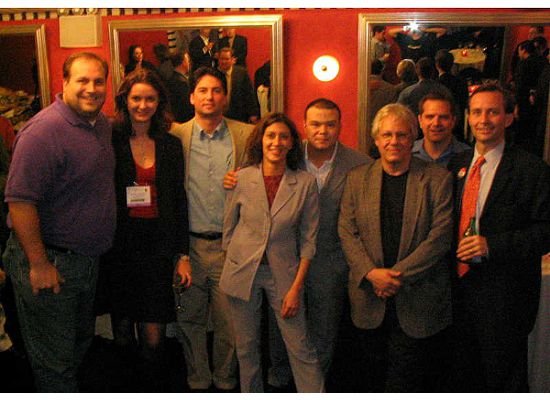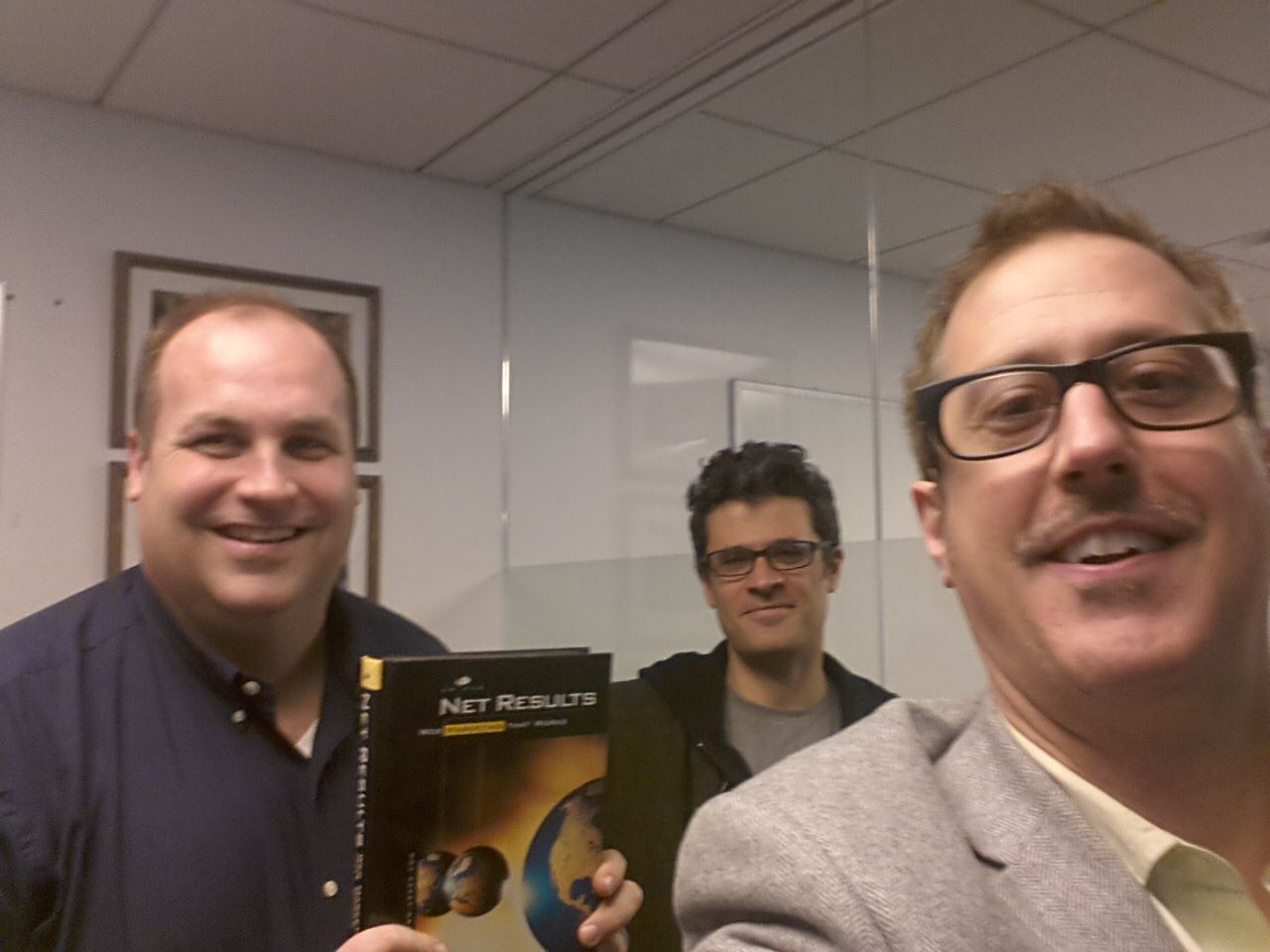Ideas Without Borders
/The blogging phenomenon is something I’ve been following for a while and have written a few columns about. The reason why I haven’t (until recently) thought that blogging would play a big role in how Internet users consume content is simple: Unless someone makes your blog a daily destination, you’re talking to a small universe of people. Take this blog, for instance. I don’t get a huge number of people coming here consistently, so most of the ideas and commentary I post here will never see the desktops of significant numbers of marketing executives.
People have the bandwidth for only a few daily stops in the time they spend surfing. (I’m using the word “bandwidth†here to refer to the amount of time people can spend on the web.) Unless you write the best marketing commentary out there, and people know how to find it, your audience base will end up being extremely limited in size.
But all of that is changing. We’re seeing advances in technology that make it unnecessary to visit scores of blogs every day. We’re also seeing technology that allows an idea or a discussion to exist in a manner that is not necessarily married to a particular web destination. So it’s becoming less necessary to drive traffic to your particular blog. Instead, it’s becoming critical that your ideas as a blogger are syndicated and aggregated in ways that will make those ideas more visible.
Some of the technologies that are enabling this “ideas without borders†concept are:
- Feedster – This is a major aggregator of blog content. It’s searchable, it’s growing and it’s becoming more and more important to participate in if you blog. Also, Feedster is putting tools out there that make it easy for web surfers to aggregate and consume content that deals with a particular subject matter. As this Forbes article demonstrates, you can get opinions on the news of the day, as provided by bloggers, very quickly once a news event has taken place.
- Trackback – This technology, or at least the concept behind it, makes it easy to share an idea across multiple blogs. If I like something that another blogger has posted, I can post comments in my blog and use Trackback to make sure the other blogger knows I’ve posted my own comments on the subject. In this way, ideas can be linked across multiple destinations.
- RSS – This technology makes it easy to syndicate content. It also makes it possible for web users to create pages of feeds from their favorite content sources and read them all in one place. Feedster allows for the creation of “Feedpapers,†which are simply collections of RSS feeds from different syndicators. Recently, My Yahoo introduced a beta product that allows users of the service to add headlines to their personal My Yahoo page. And Microsoft will be integrating an RSS reader into Outlook soon. I can easily imagine a day (perhaps a year or two from now) when marketers have a single stop they go to for their marketing and advertising news every day. And it’s a customizable personal page that pulls in headlines from AdAge, AdWeek, Mediapost, MarketingWonk, AdRants, DMNews, iMediaConnection and any other sites that might consider syndicating with RSS.
These concepts, pooled together, make me even more optimistic about the blog movement and what it will mean to how we consume content on the web in the near future. As these technologies gain penetration and usage, and as we incorporate them into tools we’re already using during our business day, ideas and concepts will no longer be married to web destinations. They’ll flow freely through syndication channels and be found easily, in part due to aggregators like Feedster and in part due to their popularity within the blogging community. Then, the emphasis will be less on the destination and more on the idea itself.
And then, how are content providers going to build out a new revenue model to support themselves? (Eek!)












































